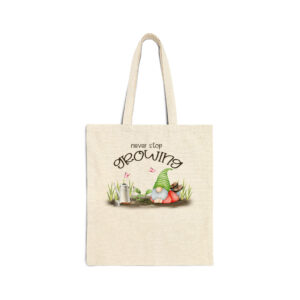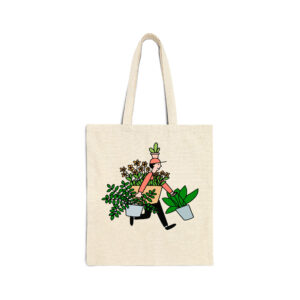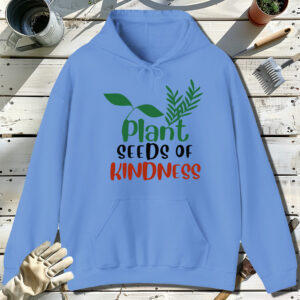Table of contents
Dwarf bouquet

Latin Name: Dracaena deremensis ‘Janet Craig Compacta’
Category: Dracaena
Family: Liliaceae
Origin:
Climate: Tropical
Growing Zones: 11-10
Care Instructions
The Dwarf bouquet (Dracaena deremensis ‘Janet Craig Compacta’) is a tropical plant that originates from . This dracaena plant belongs to the Liliaceae family and is well-suited for growing in USDA zones 11-10.
Complete Care Guide for Dwarf Bouquet (Dracaena deremensis ‘Janet Craig Compacta’)
Watering Requirements
The Dwarf Bouquet, or Dracaena deremensis ‘Janet Craig Compacta’, has moderate watering needs that should be carefully monitored to ensure optimal growth. It is essential to allow the top inch of soil to dry out between waterings. Overwatering can lead to root rot, a common issue with this plant. During the growing season (spring and summer), water the plant thoroughly, ensuring that excess water drains out of the pot. In the fall and winter months, reduce watering frequency as the plant enters a dormant phase. Always check the moisture level by sticking your finger into the soil; if it feels dry, it’s time to water. Additionally, using room temperature water is recommended to avoid shocking the plant.
Light Conditions
The Dwarf Bouquet thrives in bright, indirect light but can also tolerate low light conditions, making it an excellent choice for indoor spaces. Direct sunlight can scorch the leaves, so it’s best to place the plant near a window with filtered light or in a well-lit room. If the plant is not receiving enough light, you may notice slower growth and a leggy appearance. Conversely, if the leaves start to yellow or develop brown tips, it may be receiving too much direct sunlight. For optimal health, rotate the plant occasionally to ensure even light exposure on all sides.
Soil Preferences
The ideal soil for the Dwarf Bouquet is a well-draining potting mix that retains some moisture without becoming waterlogged. A blend of peat moss, perlite, and pine bark works well to provide the necessary drainage and aeration. It’s important to avoid heavy soils that can suffocate the roots. Fertilization should be done during the growing season with a balanced, water-soluble fertilizer diluted to half strength every 4-6 weeks. In the fall and winter, reduce or eliminate fertilization as the plant’s growth slows down. Always ensure that the pot has drainage holes to prevent excess water from accumulating at the bottom.
Pests and Diseases
The Dwarf Bouquet is relatively pest-resistant, but it can occasionally be affected by common houseplant pests such as spider mites, mealybugs, and scale. Regularly inspect the leaves for any signs of infestation, such as webbing or sticky residue. If pests are detected, treat the plant with insecticidal soap or neem oil, ensuring thorough coverage of the affected areas. Additionally, keep the plant clean by wiping the leaves with a damp cloth to remove dust and potential pests. As for diseases, root rot is the most significant concern, often caused by overwatering. Ensure proper drainage and avoid letting the plant sit in water to prevent this issue.
Special Care Tips
To maintain the health and beauty of your Dwarf Bouquet, consider the following special care tips. First, regularly dust the leaves to enhance photosynthesis and keep the plant looking vibrant. If the leaves become too long or leggy, you can prune them back to encourage bushier growth. Additionally, this plant benefits from occasional repotting every 2-3 years to refresh the soil and provide more space for growth. If you notice the plant becoming root-bound, it’s time to move it to a larger pot. Lastly, be mindful of temperature fluctuations; the Dwarf Bouquet prefers temperatures between 65°F and 80°F (18°C to 27°C) and should be protected from cold drafts and sudden temperature changes.








